All products featured are independently chosen by us. However, SoundGuys may receive a commission on orders placed through its retail links. See our ethics statement.
Best XLR microphones: Top picks for live performance, recording, and streaming
June 13, 2025
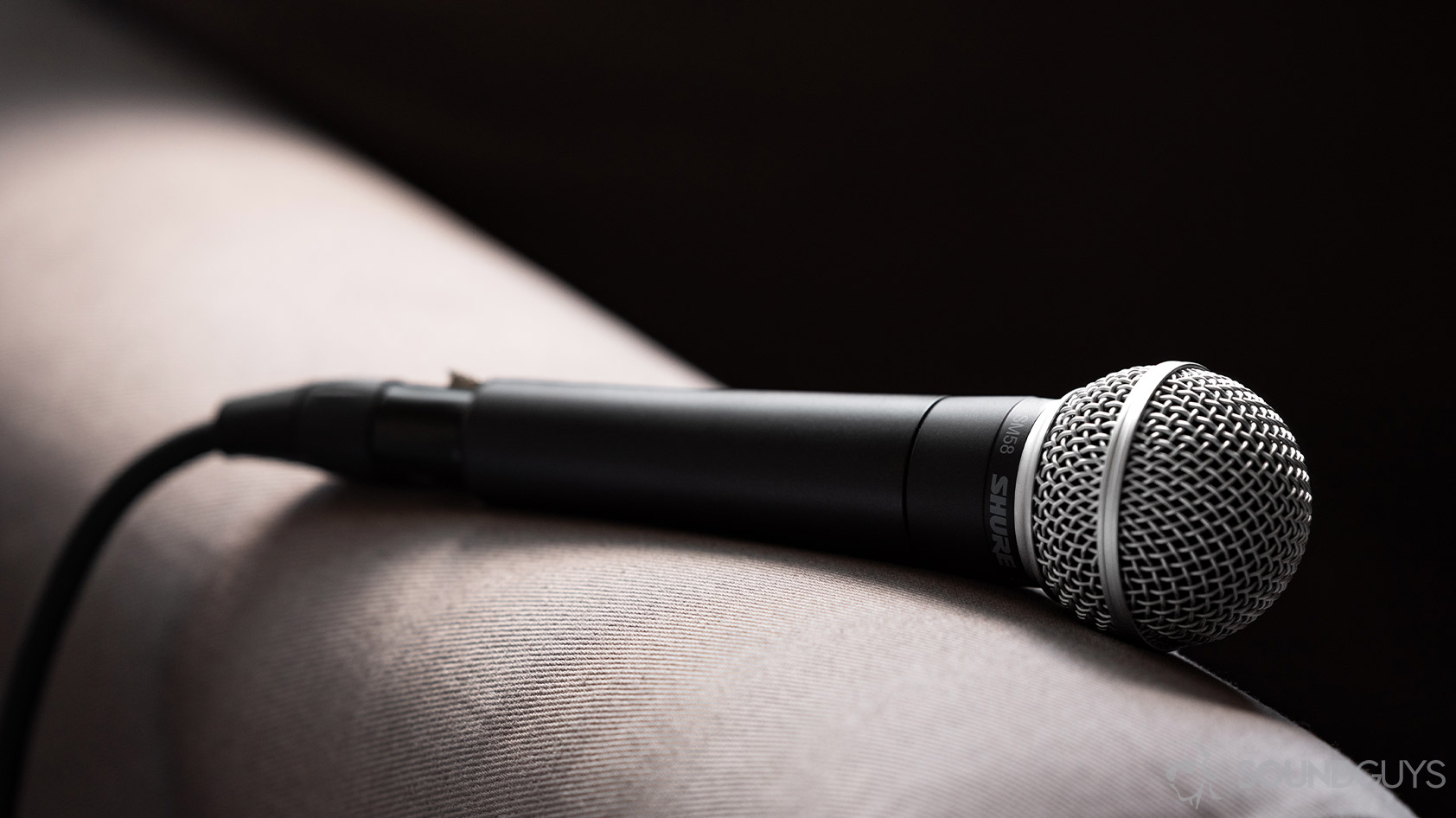
While USB mics can be convenient, XLR microphones are the go-to choice for professional setups. They’re great for making high-quality recordings and handling live sound. The XLR connection is more rugged than USB and sends an analog signal over a balanced cable to a preamp for cleaner audio.
If you’ve already picked up a pair of studio headphones, you might be ready to invest in your first mic for a home studio. Or perhaps, you’re making your debut as a singer in a band. With so many XLR options available, it can be tough to choose. We’ve rounded up the best XLR microphones to help you find the right fit.
- This article was updated on June 13th, 2025, to update formatting, and include the Shure SM7dB and Shure MV7+ in our list of picks.
The Quick Answer
Check out our top picks below for a quick guide to the best XLR microphones, as chosen by us.
The best overall:
The best sound quality:
The best for versatility:
The best for streamers and podcasters:
The best budget pick:
The best for those without a budget:
The In-depth Answer
Below you’ll find our top XLR mic picks, all backed by hands-on testing. We’ve put each one through its paces so you know what’s actually worth your money.
Why is the Shure SM58 the best XLR microphone for most people?

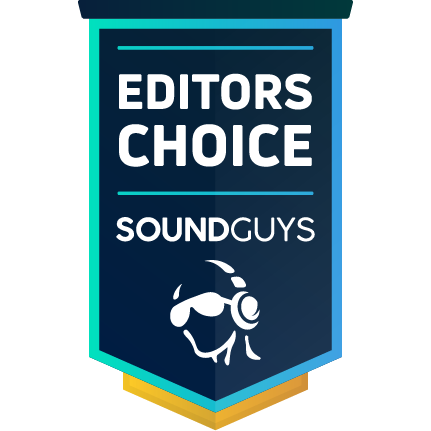
The Shure SM58 dynamic microphone is a live performance staple. If you’ve ever been to a concert, you’ve seen an SM58. Designed to be handheld or mounted on a stand, it’s a simple and great-sounding mic, especially for vocals on stage. That said, its frequency response is tuned to flatter the human voice by rolling off some lows and highs, which means it is not the best choice for recording instruments like bass guitar or drum overheads.
Since it is a dynamic mic, the SM58 does not need phantom power. Its rounded grille works as a built-in pop filter and is easy to replace if it gets damaged. With a cardioid pickup pattern, it captures what is directly in front while rejecting sound from the sides and back.
It’s tough, affordable, and built for the road. Thanks to its internal shock mount, singers can take it off the stand and move around to their heart’s desire without messing up the sound.
Read our full Shure SM58 review
The SM58 sounds great and can handle pretty much any performance you throw at it.
Shure SM58 speaking sample:
Shure SM58 singing sample:
Shure SM58 acoustic guitar sample:
Shure SM58 electric guitar with amp sample:
Best sound quality: Rode NT1-A
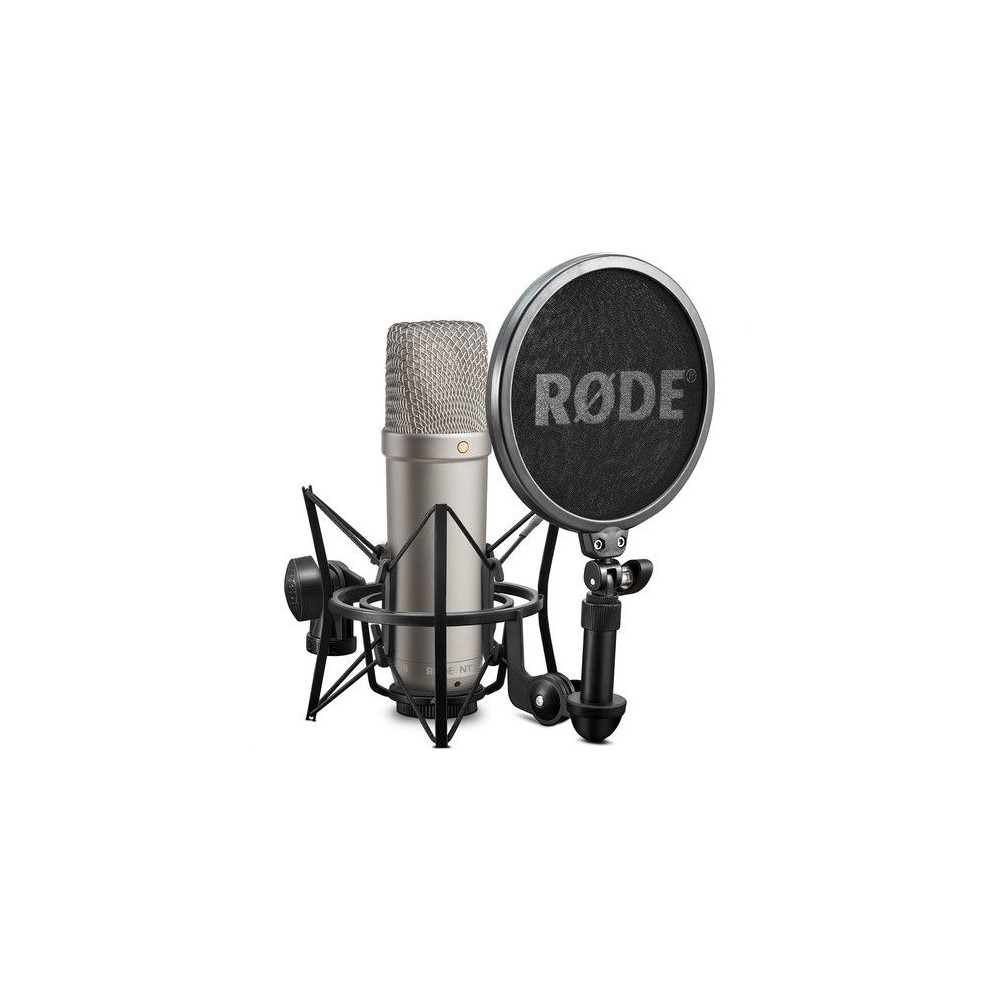

This large diaphragm vocal condenser microphone is well known for its audio quality. The Rode NT1-A has an internal capsule shock mount system. It creates little internal noise—no more than 5dB(A) equivalent input noise (EIN), which I find makes it perfect for recording vocals, acoustic guitars, and light percussion instruments. It has a neutral-leaning frequency response, so it reproduces audio accurately, and the slightly high-end emphasis improves speech intelligibility and adds “air” to vocals. The NT1-A has a cardioid polar pattern and picks up sound from the front face, making it an ideal vocal mic.
This XLR mic requires phantom power of either +24V or +48V, so you’ll need to purchase an audio interface or preamp like the Focusrite Scarlett 2i2. However, the microphone does come with an external pop shield, shock mount, and an XLR cable.
Read our full Rode NT1-A review
Best for versatility: AKG P420

The AKG P420 is the Swiss Army knife of condenser microphones. Its dual-diaphragm capsule offers multiple polar patterns, including cardioid, omnidirectional, and bidirectional. That makes it super versatile for vocals, instruments, room recordings, and more. It also has a high-pass filter to cut low-end room noise and a switchable attenuation pad to handle loud sound sources without clipping. When it comes to flexibility, the P420 is tough to beat.
It comes with a shock mount and carrying case, though you’ll want to grab a pop filter to handle plosives. This mic requires +44V to +52V phantom power and uses a static condenser. The all-metal build feels solid, and keeping it in the shock mount helps reduce unwanted vibrations.
Read our full AKG P420 review
The microphone sounds detailed and clear, even if it is a decade old now. Check out our sample recordings:
AKG P420 acoustic guitar sample:
AKG P420 singing and acoustic guitar sample:
Best for streamers and podcasters: Shure MV7+

The Shure MV7+ is technically a hybrid microphone, offering both XLR and USB-C connections, and that is what makes it so appealing. You can even use both inputs simultaneously, making the MV7+ one of the more versatile dynamic XLR mics out there. In my testing, it captured my voice with impressive accuracy, and the built-in lighting strip adds a bit of flair that streamers will appreciate. That same lighting strip also functions as a mute button, which is a nice touch.
Thanks to its larger windscreen, it handles plosives well during intense podcast moments or high-stakes game sessions. Its compact size also means it won’t crowd your desk either. The Shure MV7+ is an easy recommendation.
Read our full Shure MV7+ review
The Shure MV7+ is a great-sounding microphone that replicates your speaking voice quite well.
Shure MV7+ XLR connection test:
Shure MV7+ USB-C connection test:
Best budget pick: Audio-Technica AT2020

The Audio-Technica AT2020 is an excellent pick if you’re on a budget. Again, it’s a condenser microphone that needs +48V phantom power, so you’ll need an audio interface or external preamp to use it. With a cardioid polar pattern and slightly higher self-noise around 20dB(A) EIN, it works best for close vocals or instruments mic’d up at short range, like an acoustic guitar. Its relatively low sensitivity also makes it ideal for close-up recording.
This metal XLR mic comes with a stand mount, a threaded adapter, and a carrying pouch. Since it’s a static condenser, you’ll probably want to add a shock mount to cut down on handling noise. It also doesn’t come with a pop filter, so you should plan to grab one separately. The AT2020 offers solid sound for a budget mic, but if you want more features or bundled extras, you might want to look at pricier options.
Read our full Audio-Technica AT2020 review
The AT2020 microphone will make your voice and instruments sound good, whether you’re recording vocals or guitars.
Audio-Technica AT2020 speaking sample:
Audio-Technica AT2020 singing sample:
Audio-Technica AT2020 acoustic guitar sample:
Audio-Technica AT2020 electric guitar sample:
For the best on an unlimited budget, grab the Shure SM7dB
Based on the original SM7B, the Shure SM7dB adds a built-in selectable preamp with either +18dB or +28dB of gain, making one of the best XLR mics in the game even more flexible. It is a bit pricey for beginners, but if you can swing it, this is a mic that will last you a lifetime.
In my experience, it handles vocals and spoken word content extremely well. It is built like a tank, so you do not need to worry about your $400 investment going to waste. It also comes with a built-in pop filter that does a great job of cutting down plosives. But don’t take it from me, the SM7dB is based on the same microphone Michael Jackson used to record his “Thriller” album, but to mention Bruce Dickinson from Iron Maiden’s go-to for his epic range.
Additionally, the SM7dB includes two onboard switches to adjust the frequency response: a bass roll-off and a presence boost in the mids. These features make it more versatile for different recording scenarios. Whether you are tracking vocals or drums in the studio, this mic can handle it.
Read our full Shure SM7dB review
The Shure SM7dB does an excellent job of making anyone sound good, thanks to its wide and flat frequency response.
Shure SM7dB with +28 dB engaged:
Shure SM7dB Flat:
Shure SM7dB Bass rolloff:
Shure SM7dB Bass presence boost:
The best XLR microphones: Notable mentions
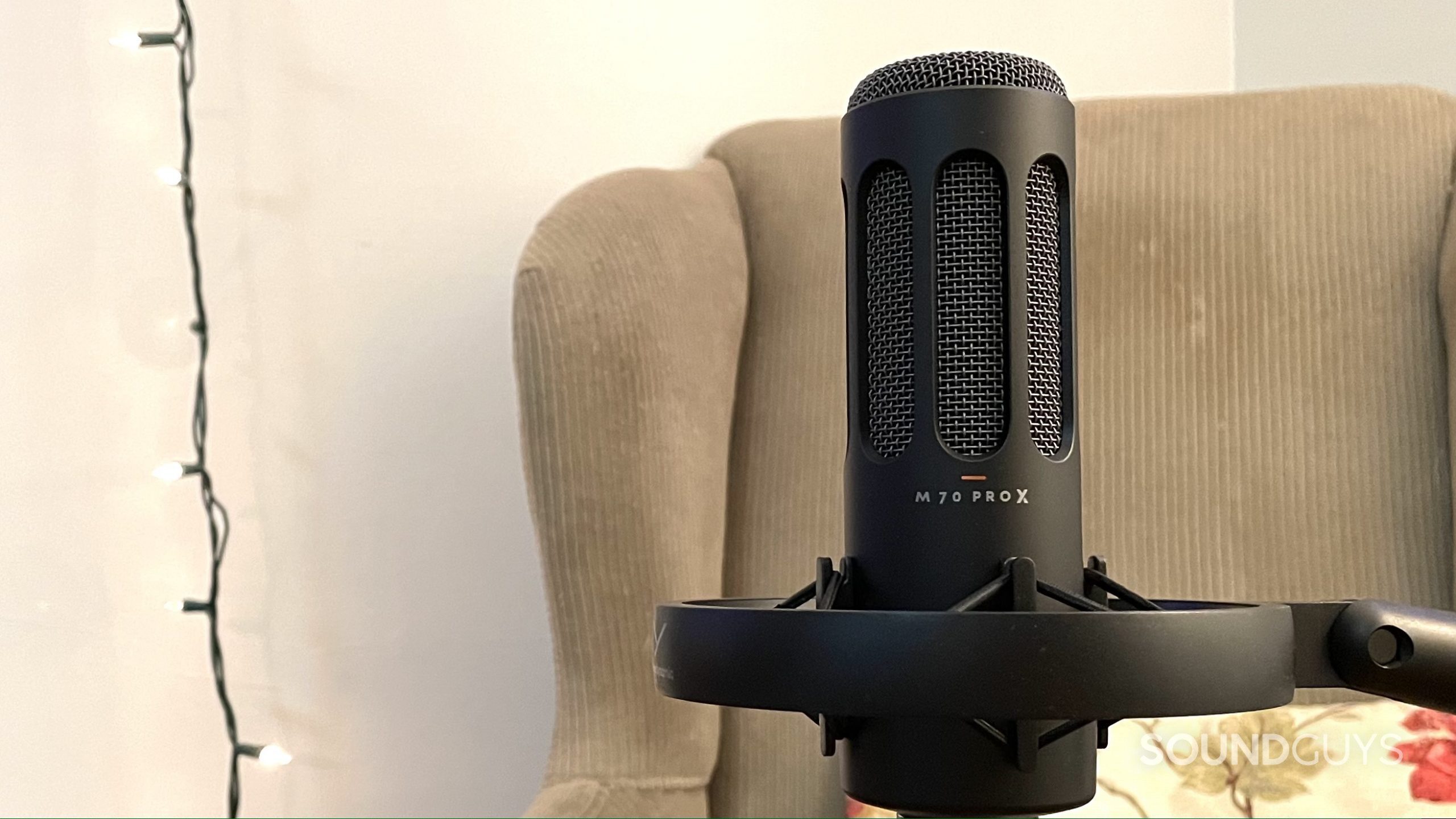
- Audio-Technica AT2020USB-X ($129 at Amazon): If the AT2020 appeals to you but you want something that plugs right into your computer, consider this mic.
- Beyerdynamic M70 PRO X ($229 at Amazon): This XLR microphone isn’t cheap, but when you buy it, you’re investing in something built to last. Beyerdynamic provides a pop filter and elastic shock mount, which you’ll need to attach it to a stand. Like the Shure SM58, this dynamic microphone can handle loud inputs before introducing any distortion, making it great for broadcasting and podcasts where someone might unexpectedly burst out laughing close to the mic. If you want a condenser version of this microphone, check out the M90 PRO X.
- Blue Yeti Pro: This is a good choice if you want an XLR and USB output for a more customizable experience. The mic has a desktop stand and four polar patterns: cardioid, stereo, omnidirectional, and bidirectional. Its onboard headphone volume and gain adjustments make it easy to use and control.
- Electrovoice RE20: The RE20 is a versatile, professional dynamic microphone with Electrovoice’s patented Variable D design, highlighting the vocal range and offering features like a bass roll-off switch and large humbucking coil, making it ideal for both radio stations and specialized recording needs like ASMR, all while including built-in pop and shock mounts.
- SE Electronics sE2300: This is one of the clearest-sounding mics in its price range due to its neutral-leaning frequency response with a slight presence boost. The presence boost enhances both vocal clarity and instruments. Unfortunately, it is quite expensive.
- Shure 55SH Series II ($199 at Amazon): The classic Elvis mic is well suited to recording vocals and has great sound quality.
- Shure SM4 ($269 at Amazon): The Shure SM4 is a no-frills, large diaphragm condenser mic. It offers great sound right out of the box and is an excellent choice for recording vocals and acoustic guitars.
What you should know about the best XLR microphones
What is an XLR microphone?
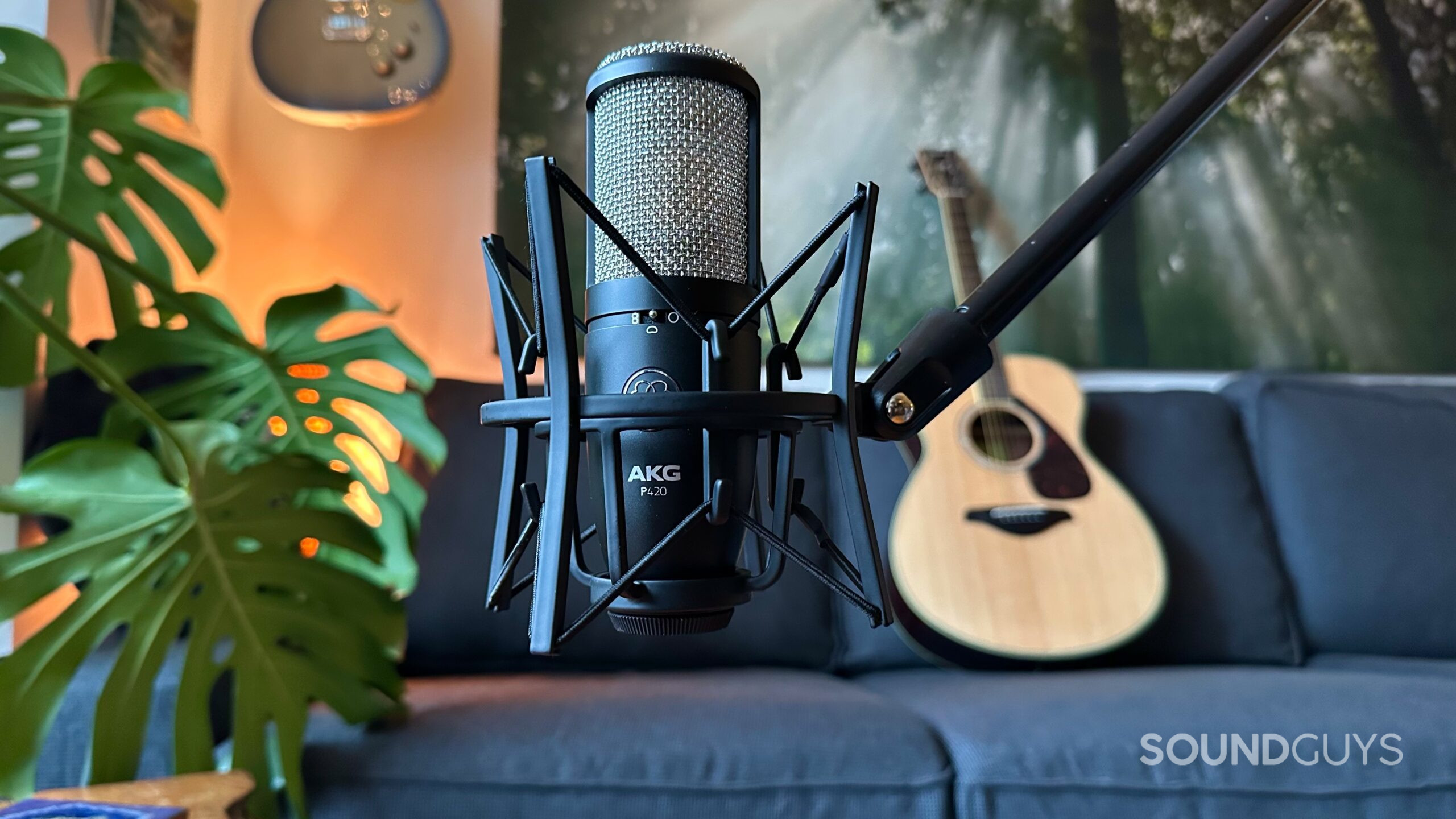
Microphones with XLR outputs are used all across the board in recording instruments and vocals, radio broadcasts, live performances, and more. Professional XLR microphones offer a high-quality sound that’s easy to deal with in post-production. They also offer ample noise reduction and durability. In order to digitize the output for your computer’s recording software, you will need an audio interface. However, if you use the microphone for a live performance, you’ll just need amplification!
What is the difference between a dynamic and a condenser microphone?
The key difference between dynamic and condenser microphones is that dynamic mics do not require phantom power to operate, while condenser mics do. Dynamic microphones are also better at handling loud sound sources without distortion, which makes them ideal for live performances or recording loud instruments like drums or electric guitars in the studio.
Condenser microphones typically offer higher sensitivity, which makes them great for capturing subtle details in controlled environments. They are well-suited for studio recordings where you want to pick up the nuances of a voice or acoustic guitar.
What are the uses of different polar patterns?
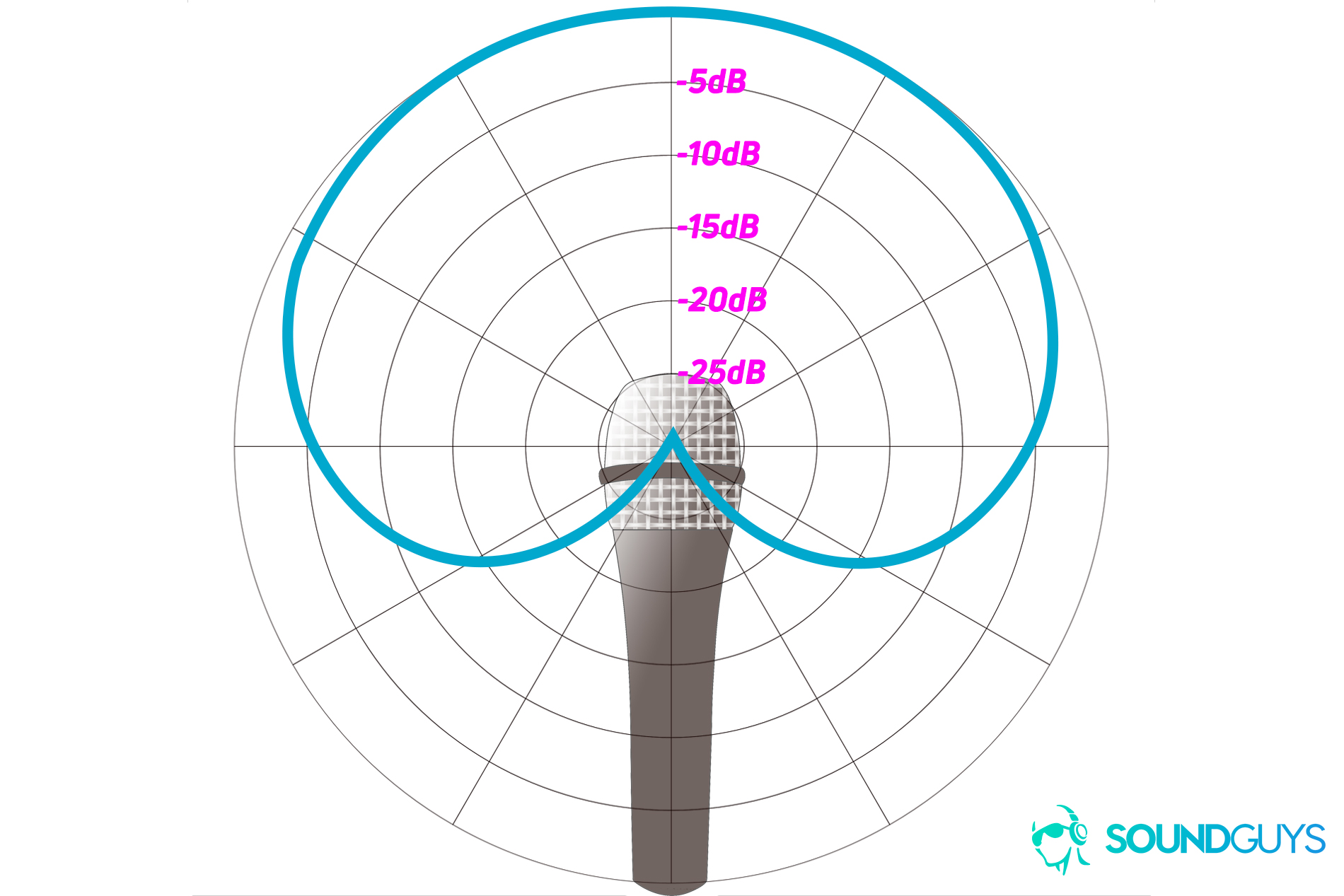
Depending on how you plan to use your XLR mic, you will want to look for a specific polar pattern, which refers to the shape in which a microphone picks up sound. The main polar patterns are cardioid, omnidirectional, bidirectional, hypercardioid, and supercardioid. Each one has its strengths, depending on how and where the mic is positioned.
For example, cardioid mics pick up sound best from the front and reject most noise from the sides and back. This makes them ideal for podcasting, vocals, or any situation where you want to focus on a single sound source and reduce background noise.
How we chose the best XLR microphones
When testing XLR microphones, we aim to get as much hands-on experience as possible with each one. After reviewing a product, we decide whether it deserves a spot on one of our best lists. If a product makes the list, that spot is not guaranteed forever. This roundup is constantly evolving as new and noteworthy mics hit the market, and we are continually on the lookout for gear that offers real value.
Why you should trust SoundGuys
Each writer at SoundGuys has accumulated years of experience reporting on the consumer audio market, and our staff adheres to a strict ethics policy. SoundGuys‘ survival depends mostly on readers enjoying their purchases. We pride ourselves on transparently providing objective facts while accounting for the subjective experience to contextualize an audio product’s performance. When we do misspeak, we correct and own up to it.
Frequently asked questions about XLR microphones
XLR stands for “X Connector, Locking Connector, Rubber Boot.” Sounds like a mouthful, but each part has a purpose:
- X Connector: The original Cannon X series connector.
- Locking Connector: The addition of a latch to secure the connection.
- Rubber Boot: Insulates and protects the pins.
XLR cables that have a female XLR connector on one end and a male XLR on the other end have the most reliable connection because they keep the signal balanced. If you want the cheapest option, the AmazonBasics branded cables start at just $7, but people who put their equipment through the wringer should get the more durable Rapco Horizon N1M1, which will run you about $25 for a 25-foot cable.
Lots of things contribute to a microphone’s quality, including the internal electronics, as well as the type of connection. There are great USB microphones out there, and we recommend checking out our list of the best USB microphones.
No, expensive XLR cables generally don’t make your mic sound better, but they can offer better build quality and durability. The primary role of an XLR cable is to transmit an audio signal without degradation, something that even basic cables can accomplish effectively. However, higher-quality cables may provide better shielding against interference.
